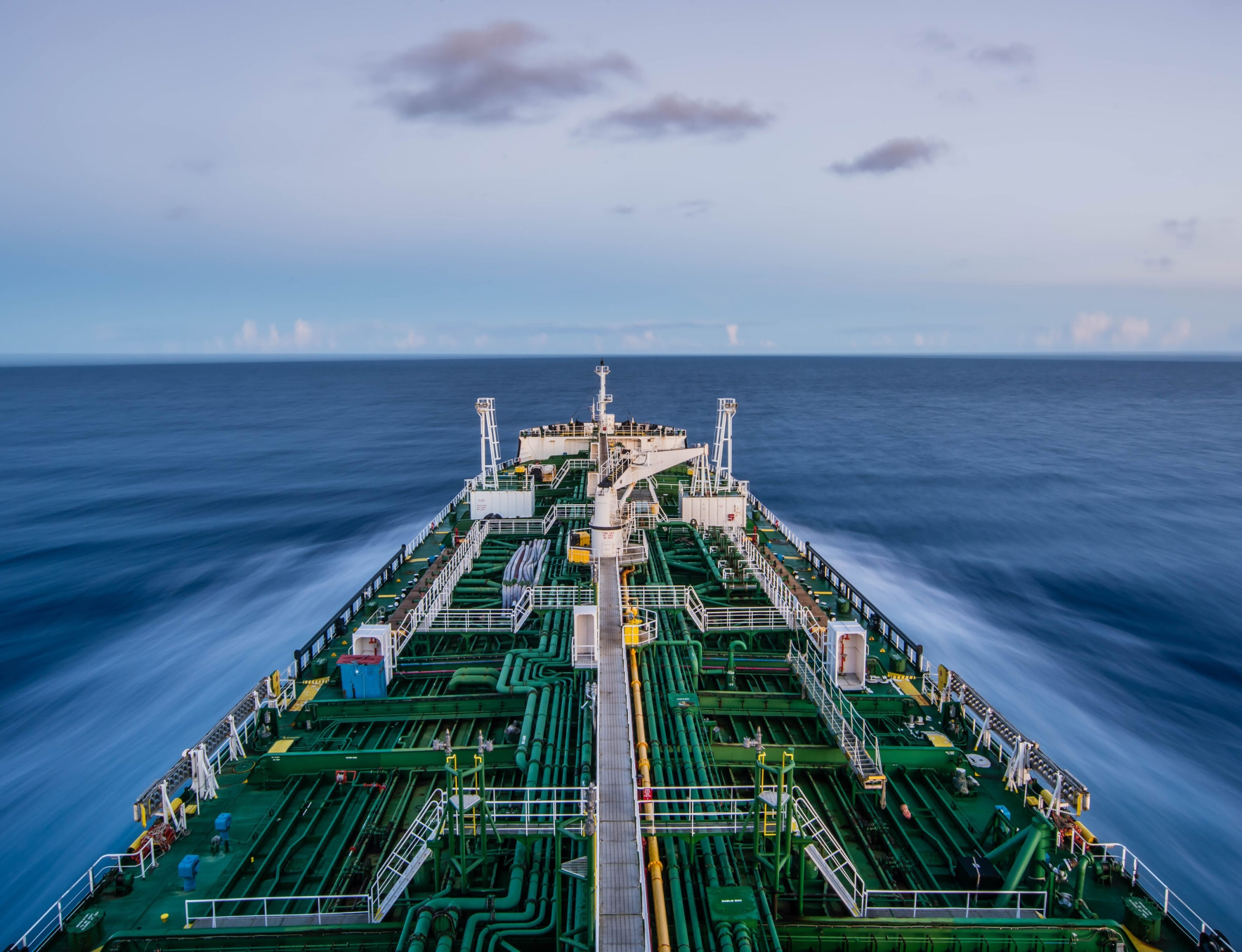Safety critera for bunker operations seen as critical for rapid take up
by Eli Matthew
Classification society DNV will lead a new ammonia bunker safety study for the Singapore-based Global Centre for Maritime Decarbonisation (GCMD). GCMD chose DNV among a shortlist of classification society and engineering consultants, after the announcement of their first Invitation for Proposal in October last year.
“The intent of this study is to define a robust set of safety guidelines and operational envelopes that will establish the basis of a regulatory sandbox for trials at two local bunkering sites,” the Centre said in its announcement.
DNV will team up with Singapore infrastructure developer Surbana Jurong and the Singapore Maritime Academy (SMA), part of Singapore Polytechnic, in the initiative. Surbana Jurong’s knowledge about the local landscape and technical expertise will be significant for site recommendations and the development of conceptual designs of bunker modes like a truck-to-ship or ship-to-ship. On the other hand, SMA will co-develop the workforce curriculum and provide manpower development in handling ammonia as bunker fuel.
While ammonia is said to be the most energy-efficient green fuel alternative in the decarbonization of shipping, DNV has said several safety gaps hold the potential to disrupt the speed and success of shipping’s energy transition. One of which is the safe handling of ammonia, a gap that urgently needs to be closed, given the threat it poses to seafarers and ships unless properly managed. Handling ammonia as a bunker fuel means entirely different operational procedures and safety guidelines, compared to transporting ammonia as a commodity. The transfer frequency of ammonia as a bunker will be substantively higher which will also demand more flexible transfer configurations.
The study will be built upon the guidelines that have been developed for the safe handling of ammonia as a commodity by defining and then integrating or overlaying the guidelines required for safe handling ammonia as a bunker fuel.
“We have chosen to commission this study in Singapore; with Singapore being a population-dense island nation and a major bunkering hub, the stringent guidelines developed in this study will likely be extensible to ports elsewhere.” Lynn Loo, the CEO of GCMD, said in the announcement.
GCMD set up the Industry Consultation and Alignment Panel (iCAP) to solicit inputs on the study recommendations. More than 30 organizations across the supply have already registered to be part of iCAP. In addition, 21 industry partners have already signed letters of collaboration to GCMD to share confidential and technical information with the consortium so that a robust set of recommendations can be made to regulators.
“In any sustainable transition, a robust management of change process must always be in a place where safety is mandatory to protect lives, the environment, and investments,” Sanjay C Kuttan, GCMD Chief Technology Officer, noted.
“The overwhelming support from both industry partners and iCAP members is testament to the importance of this study, and GCMD is committed to co-creating a positive impact with our partners as we navigate the challenges of maritime decarbonization.”
The study will commence in February 2022 with a 10 to 12 months expected completion period.


































